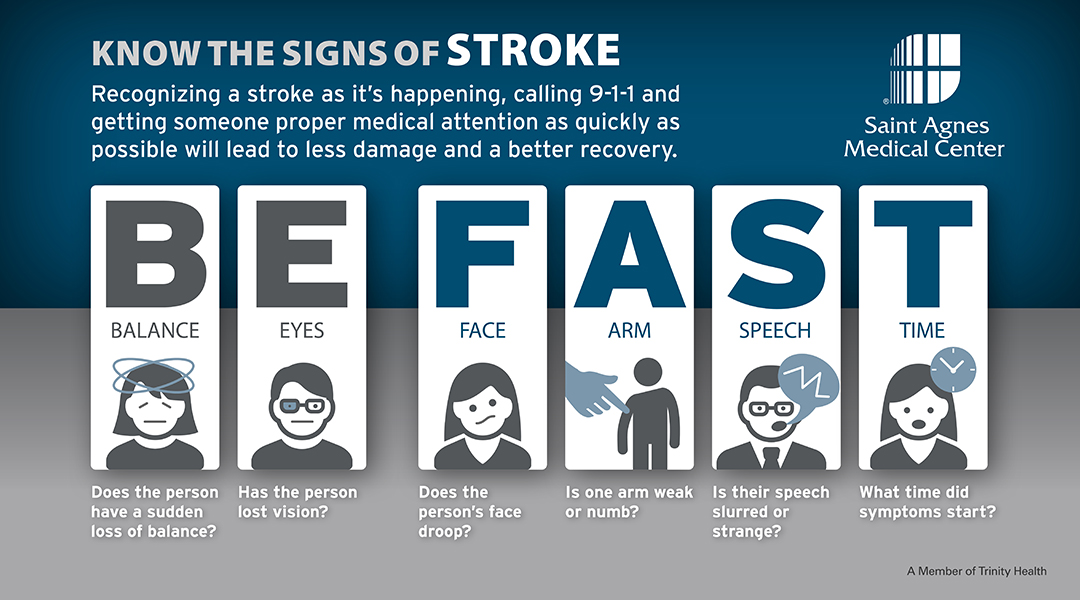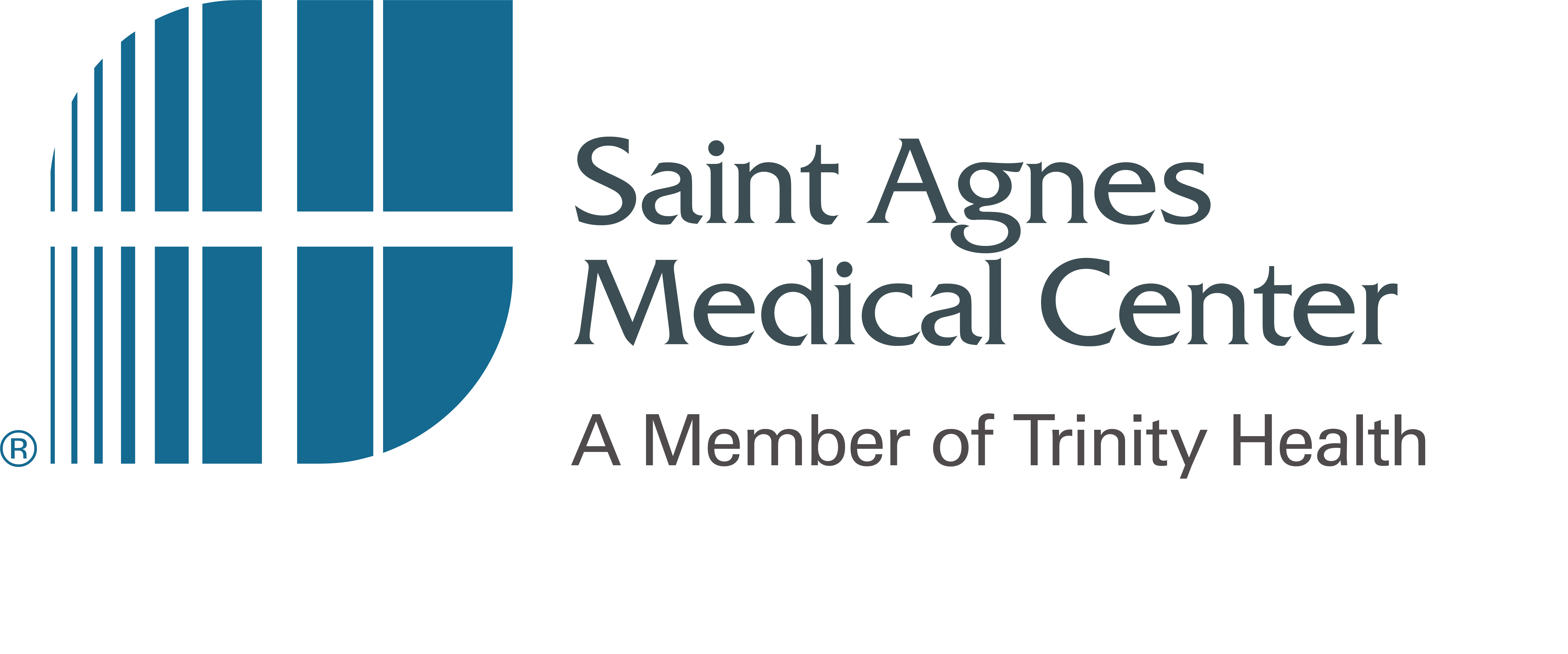Are stroke symptoms in men and women the same?
January 1, 2023
By: Saint Agnes Medical Center
Categories: Healthy Living, Mens Health, Womens Health
Strokes don’t always look the same in men and women. Although women may have some or all of the classic symptoms recognized as being due to stroke, they may have other symptoms that make it less obvious they’re having a stroke.
Some of the most commonly recognized stroke symptoms include weakness in one arm or on one side of the body and/or drooping facial muscles. If you’re a woman, you may experience more subtle symptoms that might not seem serious and may not make it obvious you’re having a stroke. Unfortunately, if you overlook your symptoms and don’t get immediate medical care, you may be more likely to suffer serious health complications or even die as a result of a stroke.
In addition to weakness on one side of the body and drooping facial muscles, common stroke symptoms for both men and women include:
- Slurred speech
- Confusion
- Difficulty understanding conversations
- Blurred or double vision
- Loss of vision in one or both eyes
- Loss of balance or coordination
- Paralysis
- Dizziness
- Vertigo
If you’re a woman, you may or may not experience these classic stroke symptoms. These are other symptoms you may have:
- Nausea
- Chest pain
- Hiccups
- Shortness of breath
- Headache or migraine
- Fatigue
- Confusion
- Jaw or neck pain
- Anxiety or a feeling that something just isn’t right
- General weakness rather than weakness on just one side

Biology may be the reason men and women experience stroke in different ways. Female hormones and differences in the cerebral arteries that carry blood to the brain could be to blame, according to an article in the journal Neuroepidemiology.
Stroke Risk Factors
The primary risk factor for stroke in both men and women is high blood pressure. High blood pressure weakens your arteries, making them more likely to burst. Your risk of blood clots also increases as your blood pressure rises. Blood clots can clog the arteries in the brain, triggering a stroke. Stroke risk also increases with age, and women tend to live longer than men. Additionally, women have unique risk factors. These include:
- Pregnancy: Pregnancy stresses the circulatory system and raises blood pressure.
- Preeclampsia: Preeclampsia occurs in about 1 in 25 pregnancies, according to the Centers for Disease Control and Prevention. The condition causes blood pressure to rise dangerously high.
- Birth control pills: Birth control pills may cause a slight increase in stroke risk. Your risk might be higher if you take birth control pills and smoke, have migraine with aura or high blood pressure.
- Hormone replacement therapy: Hormone replacement therapy is another stroke risk. The therapy relieves hot flashes, night sweats, mood changes and other symptoms of menopause.
- Migraines: Stroke risk may increase if you experience migraines, particularly migraine with aura. In addition to a headache, symptoms of migraine with aura include seeing flashing or colored lights, tunnel vision, hearing sounds that aren’t there, sensitivity to lights or odors, or muscle weakness.
- Thick waist: Women who have waists larger than 32.5 inches are more likely to have strokes, according to the National Institutes of Health. Larger waist size is more likely to affect your stroke risk if you are post-menopausal or have high blood fat levels.
Ignoring stroke signs and symptoms could put your life in jeopardy. If you have any possible signs of stroke, don’t assume they’re minor and will soon go away. Call 911 immediately. The sooner you receive medical treatment, the less likely you’ll experience serious or permanent stroke complications.
Need to see a doctor?
If you're looking for a doctor, look no further than Saint Agnes Care. Our diverse group of primary care providers and specialists make it easy to get the care you need, when you need it. Schedule with us today!
Need immediate care? With our virtual Urgent Care option, you can be seen by one of our providers from anywhere you have internet access.
Schedule a virtual appointment
